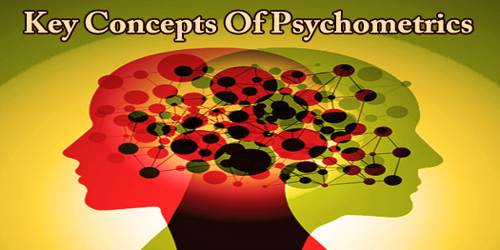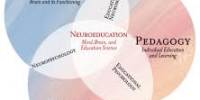About Distress
Definition
Distress is defined as causing someone to feel anxious or depressed. In medicine distress severe strain resulting from exhaustion or trauma. It is an aversive state in which a person is unable to completely adapt to stressors and their resulting stress and shows maladaptive behaviors. It can be evident in the presence of various phenomena, such as inappropriate social interaction (e.g., aggression, passivity, or withdrawal).

Psychological distress is a subjective experience. That is, the severity of psychological distress is dependent upon the situation and how we perceive it. We can think of psychological distress as a continuum with ‘mental health’ and ‘mental illness’ at opposing ends. As we continue to experience different things, we travel back and forth on the continuum at different times throughout our lives.
People often find ways of dealing with distress, in both negative and positive ways. Examples of positive ways are listening to music, calming exercises, coloring, sports and similar healthy distractions. Negative ways can include but are not limited to use of drugs including alcohol, and expression of anger, which are likely to lead to complicated social interactions, thus causing increased distress.
Causes and Risk factors of Distress
Distress can be thought of as a maladaptive response to a stressful situation. It occurs when external events or stressors place demands upon us that we are unable to cope with. Sudden unexpected events, such as a loved one’s death of a heart attack or being fired from a job, can also cause distress. Even everyday stressors, such as traffic, have the potential to cause distress. Some other sources of distress include:

- Cancer and other medical illness
- Divorce
- Starting a new job
- Being a victim of bullying
- Adverse school experiences
- Adverse work experiences
- Infertility
- Mental illness
In the clinic, distress is a patient reported outcome that has a huge impact on patient’s quality of life. To assess patient distress, a Hospital Anxiety and Depression Scale (HADS) questionnaire is most commonly used. The score from the HADS questionnaire guides a clinician to recommend lifestyle modifications or further assessment for mental disorders like depression.
















